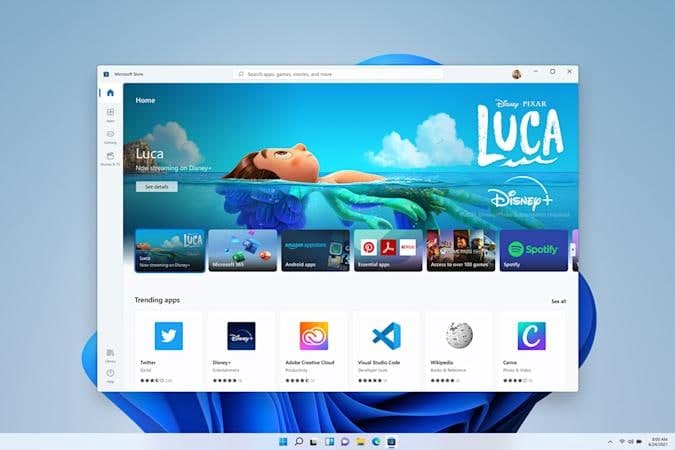
Microsoft Windows Experiences and Devices
OVERVIEW
During my time in Microsoft in the Windows Experiences and Devices as a user research specialist, I led and conducted a few generative and evaluative user research studies for different products in Microsoft Store and Windows 1st party apps.
I worked closely with stakeholders (mainly PMs and designers) from different product teams to understand their immediate and long-term goals, scoping down the research demands and designing research plans collaboratively.
This studies provided design foundation, direction, evaluation and recommendations for the new release of some existing products as well as some new features.
ROLE
User Research Specialist
METHODS
- Interview
- Concept Value Test
- Preference Test
- Usability Test
- Unmoderated Tasks
- Cognitive Walk-through

The Process
At a high level, my research process that was almost common for all the research studies consisted of three phases of 1) Planning, 2) Execution, and 3) Reporting.
1) Planning
This phase started with meeting with different stakeholders involved in this project to understand their needs, their goals, high-level and low level questions they had as well as their timeline, the existing design assets and the constraints for the project. I call this phase, information gathering from the stakeholders of the project.
I usually continued the information gathering by digging into the previous research for the existing products or the context. Depending on the type of the question and the stage of the product development, I sometimes expanded my literature review beyond the internal research repository to also include scientific papers about that subject. The lit review was sometimes very helpful to give me and the stakeholders more insights about the context and the more important questions we wanted to focus on first.
Next, I worked closely with the team (using OARP framework) to decide on the research methods, the design assets needed for the study, the research protocol and the script (including all the details that will happen in the study session).
2) Execution
This phase included inviting all the stakeholders and the research team to the sessions, running the sessions, debriefing sessions with the observers if needed afterward and analyzing the data.
3) Reporting
In this phase, I sent out a preliminary result about the highlight of the findings 1,2 days after the last session, engage with stakeholders for any clarification, write down the full report for the internal repository including a detailed description of the study as well as recommendations, send out a video summary highlighting the most insightful moments of the sessions and finally present the final results to the stakeholders.
Projects
In the following section, you can briefly read about these projects, my process and applied methods. As you may realize these descriptions are very vague without disclosing details as these products and designs have not been released yet. I will gradually add more information here after the release of each product.
The search team was trying to understand the value of two different design concepts for the Microsoft Store users to make a decision about displaying the search results to the users. Therefore, the main goal of this study was 1) to determine the values that each design would bring to the users and 2) which of these two concepts would be preferred by users.
This study was conducted for a new app which aims to improve productivity for information workers.
The purpose of this study was to understand 1) the users’ perceptions around some of the features presented in this app, 2) the usability issues and 3) if the users of another MS productivity feature can integrate their process with this new feature.
The purpose of this study was to understand users’ first impressions and preference of some new design features of the Microsoft Paint (MS Paint) user interface.
The team needed to understand some foundational insights about the users of different types of products, their process of gathering information about the desired product and their strategy to make an acquiring decision. These insights will be used for a transformational design in Microsoft Store to help users engage with content and make a better acquiring decision.
This study was conducted for two different product teams in MS Store to understand the users’ impression for adding a new feature to the Microsoft Store.